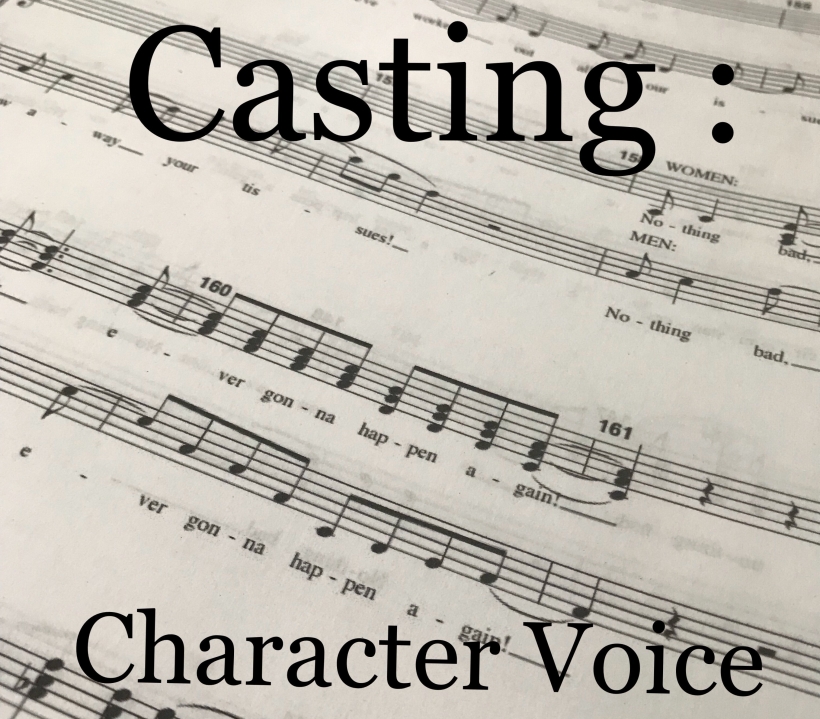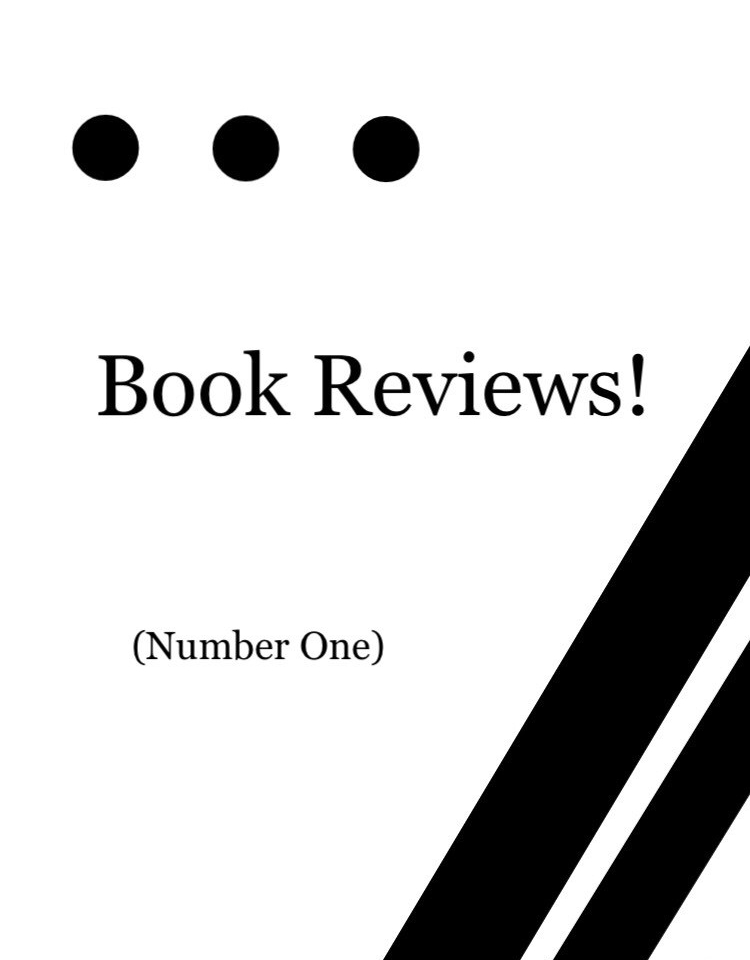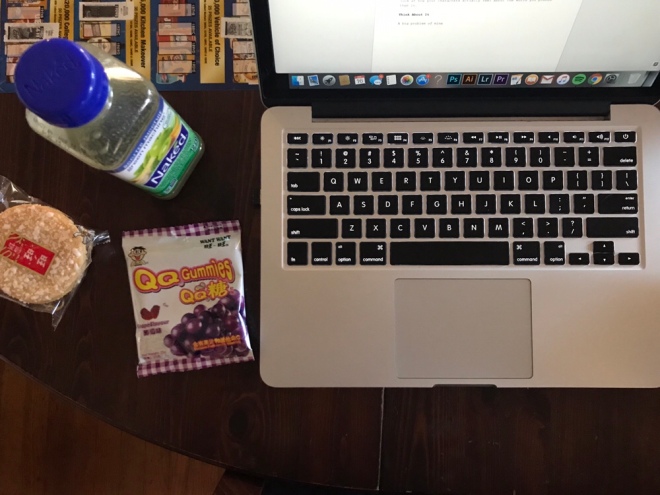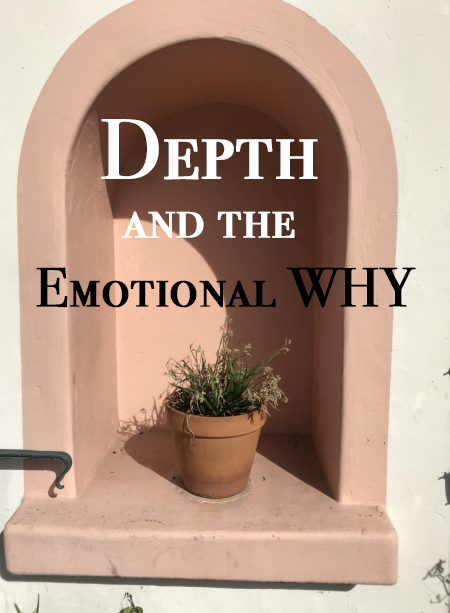
We’re back guys. I’m so glad I made it to this week’s post. It’s been another difficult week for me, but I’m still here and getting to posting, so just remember that you can do it!
You’re stronger than whatever you think is breaking you down, trust me.
So without any further ado, let’s look at characters!
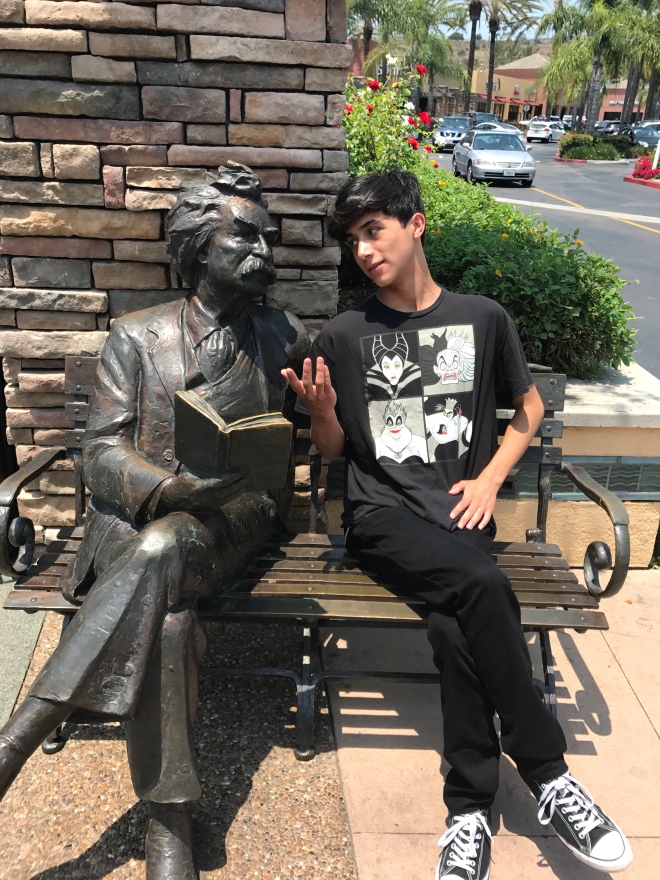
So last week we were just getting started on investigating our story’s cast and crew. Hopefully you were able to snatch at least an idea of where to place your characters, but today we’ll be looking at how they differentiate themselves from each other.
Of course, there’s an infinite array to ways to characterize your cast, but the specific technique we’ll be looking at this week is characterization through dialogue.

Everyone talks differently in real life. We all have our specific way of speaking that is never really like someone else’s. Whether it be through language, dialect, slang, or even painfully sharp grammar, everyone has little their own little traits that they put into talking. Your characters are no different from real life people, so you’re going to have to take that into account whenever you write their dialogue.
Character Voice is simply put, the way your character speaks.
For example, I as a person tend to use a lot of humor when I talk to people. It’s one of my go to’s. Sometimes I butt in with random obscure facts or make distant references about my past love life. Whenever someone says something to me I tend to repeat it. Those are some dialogue related tics of mine off the top of my head.
Naturally, when you’re writing, there are certain lines between true dialogue and prose that you have to be way of for the sake of clarity, but for the most part, your characters should sound like real people. (Or whatever real means to them.)
Last week I used Verena, a character from one of my WIP’s, as an example, so I’m going to continue with her usage for the purpose of making it more simple for you guys. (And because I love her, she’s seriously becoming one of my favorites.)
As a Duchess, Verena’s dialect is obviously going to be different than some of her subjects, or even some of the people living with her in the palace. As a person, she’s very controlled, her speech agonizingly formal even when she’s placed in situations where others would have cracked long ago. A big part of this takes roots in her background. She was raised in the palace, among (in her father’s time) polite and well behaved officials. This environment allowed her to grow into her regal persona with ease.
Of course though, she’s still a person. Everyone, even the most formal person in the castle, retains their human traits.
Verena has several people in her cabinet. With all her advisors and royal delegates, she keeps to her official tone, but with Ronan, the captain of her personal guard and close friend, she’s much more loose.
Her air of nobility still shines through in her conversations with him, but there’s a comfort in their relationship that’s evident. Ronan symbolizes the humanity of her character through her interactions with him, the words she uses, and the feelings behind every syllable said between them.
He’s just one facet of the contrast in her dialogues, but through that example hopefully you could glean that just like a normal person, Verena acts differently according to who she’s with and how she’s feeling.
Now It’s Your Turn!
So that concludes this week’s post, guys. Again, I hope you were able to find something useful within it.
Your optional quest for this week revolves around helping your characters find their voice. How do they act in certain situations? Around certain people? What influences from their past put this into their personality? Look at this and try to to ascertain something from what you think of them as a person.
I really hope you enjoyed this post you guys. As always, if you ever find any ideas and want to share them, the comment section is always open. I love your feedback.
See you guys next week!
And remember, everything unwritten has yet to be finished, so go and write it!
DON’T FORGET INSTAGRAM LINKS AND ALL THE LINKS JUST TURN THEM IN







